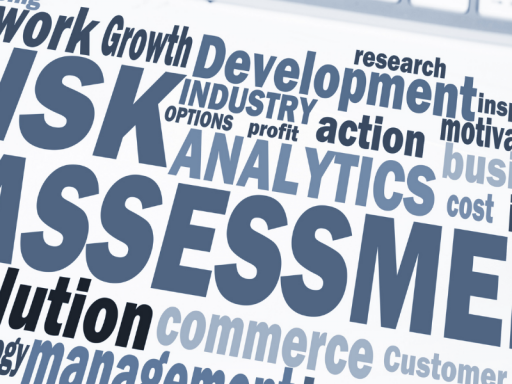It is an absolute (must be done) duty that businesses have to undertake risk assessments. This has been a legal requirement since 1992. There is a logical process to this covering the key steps.
Start with a walk around your business and look at the tasks you do, ask yourself (and your workforce, remember you have to consult) what are the hazards (thing that could cause harm) associated with this task. Gather as much information as you can because one day you might be asked to justify your decisions (best not to say that you guessed in a court of law)
Think about who will be affected by the task - employees, contractors, visitors, public etc - and how possible is a physical injury, a lung condition from dodgy dust or wellbeing issues related to stress or depression.
Ask yourself how likely this hazard is to occur and if it did how bad could it be (once a year / cut finger or every day / life changing injury). Check if you have existing controls in place (see upcoming part 3 of this series for more information on controls) and do they remain in place.
Start with Eliminate and then work to Reduce (swap a bad chemical for a less dangerous one) and Isolate (guards on machines). The first three of ERICSP don’t involve humans. Humans are not good at safety and as we write the controls and the safe systems of work it means that we start to try and find ways to work round them. Personal Protective Equipment comes last as it only protects the individual who is wearing it.
If you are happy that your controls are doing their job, great! Stop your risk assessment at this point. If you think more can be done, then introduce additional controls. (Ask what your competitors are doing - the courts will look to see how you benchmark against other similar businesses, so you should be looking to be the same or better than your rivals)
What should drop out the bottom of the machine is a safe system of work. This will inform your safe working practices (method statements) saying how you will carry out the task.
You cannot just put the risk assessment on the shelf and say job done. You have to tell the workforce about the hazards they face and what you are doing to control them.
Review your assessments on a yearly basis or if a change happens e.g. new legislation or you have an accident (so you don’t have a safe way of working). Do the accident investigation, identify the lessons learnt and feed back into the top of the machine to create a new way of working.
Creation of risk assessments is one of the main things you can do to improve safety within your business.
- Alastair Barrett MRICS, CMIOSH, CMaPS, OSHCR | Managing Director What No Safety Services Ltd (EC approved supplier)

